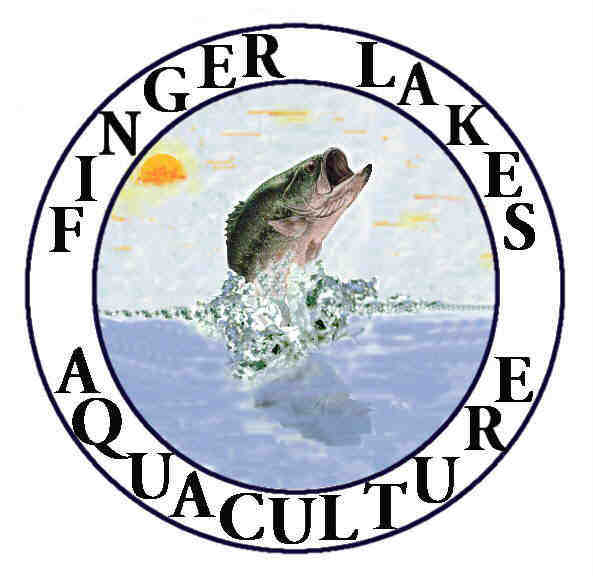Crayfish, also called crawfish, crawdads, or crabs, are widely distributed in New York’s streams, lakes, and marshes. There are more than 500 species of crayfish, and more than half of these occur in North America. The crayfish body is comprised of a joined head and thorax, or mid-section, and a segmented body. Colors range from sandy yellow, green, or dark brown. The head has a sharp snout, two pairs of sensory antennae, and a pair of eyes on moveable stalks. The appendages, called pereiopods, which are located on the thorax include four pairs of walking legs which are also used to probe cracks between rocks while looking for food. The large claws, called chelipeds, are extended out in front of the body while walking. These specialized appendages are used for cutting, capturing food, attacking and defending. The crayfish’s body also has several other small pairs of legs that perform tasks such as food handling, moving water over the gills, and swimming. Legs and claws which are broken off can be regenerated. The crayfish uses rapid flips of its tail to swim backwards and escape danger.
Crayfish are crustaceans that have a hard external skeleton. This hard exoskeleton provides protection and allows movement, but limits growth. Due to growth, the crayfish must periodically shed its hard rigid shell and form a new one. This process is called molting, and may occur several times during the crayfishes first year of rapid growth. For a short time after the old shell has been discarded, the new shell is very soft and pliable. During this period an increase in size occurs. It is also during this period following each molt that the crayfish is most vulnerable to predators. Crayfish that have recently molted are commonly called soft-shelled crabs.
The crayfish usually becomes sexually mature in its second year. Mating, which occurs between July and September, consists of a transfer of sperm from the male to a receptacle in the abdomen of the female where the sperm is stored. Egg laying by the female occurs in late fall. The female releases the eggs from her ovaries and s imultaneously releases the stored sperm to fertilize them. The fertilized eggs become dispersed and cemented within a glue-like substance (called glair) that has been exuded from glands on the underside of her abdomen. The female crayfish, depending on her size, will carry from 60 to 300 eggs through the winter. The egg-carrying female is said to be “in berry” because the egg mass looks something like a berry. Females are often observed “in berry” during April and May. The eggs hatch in 2 to 20 weeks depending on water temperature. The newly-hatched crayfish stay attached to their mother for one or two weeks before wandering off on their own.
The crayfish diet consists of both plant and animal matter. They consume various types of aquatic vegetation and algae as well as insect larvae, worms, tadpoles, tiny fish, as well as dead aquatic organisms. They also feed on a variety of microscopic plant and animal plankton.
Crayfish can play an important role in a game fish’s diet. It is a favorite food item of both largemouth and smallmouth bass. Trout also find the crayfish to be a welcome delicacy. As a food supply for game fish, the crayfish can’t be overlooked because of their size and nutritional value. A trout, bass, or walleye would have to eat countless aquatic insects to equal the food value gained from one average-sized crayfish. As with minnows, crayfish should be stocked well in advance of the game fish. The stocking rate of 100 breeder sized crayfish per surface acre is adequate.
